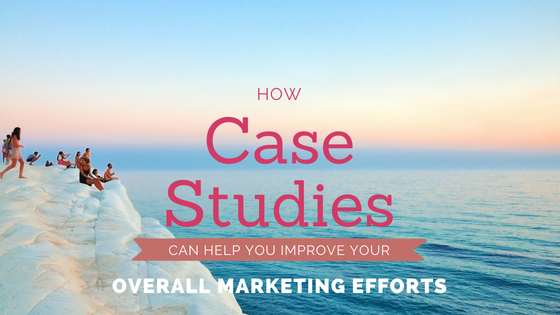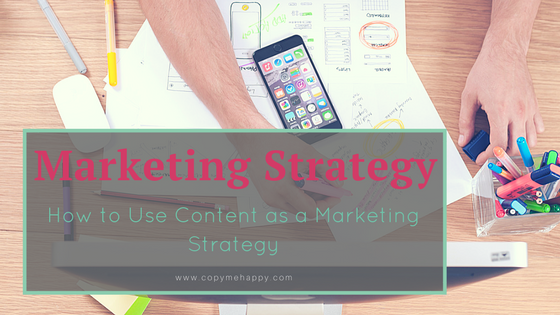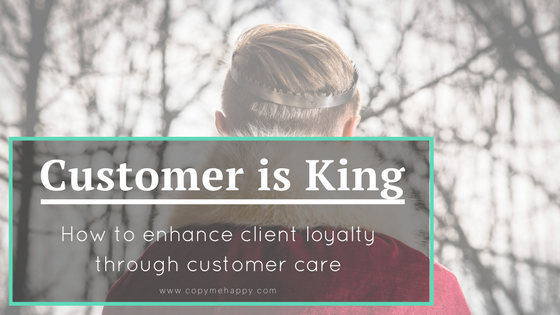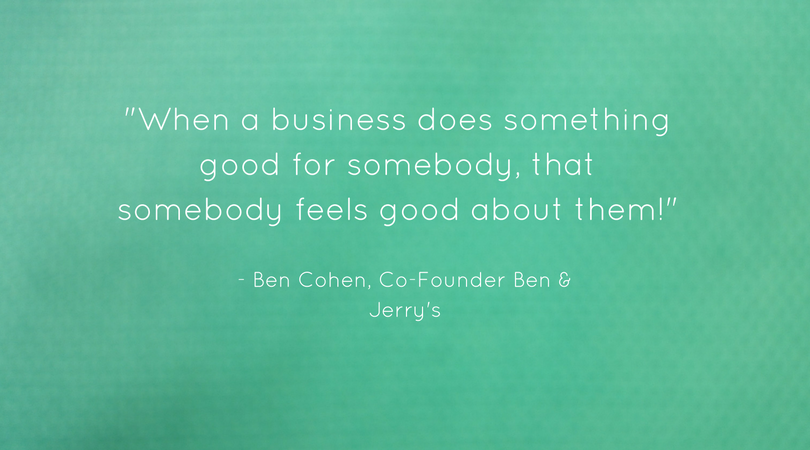Believe in something, even if it means sacrificing everything. #JustDoIt pic.twitter.com/SRWkMIDdaO
— Colin Kaepernick (@Kaepernick7) September 3, 2018
Ever since Nike announced Colin Kaepernick as the face of their new campaign, they’ve gone viral. From across the pond, it’s really strange to see how much divide this campaign is causing in the US. I happen to have heard about Colin Kaepernick, not because I’m an odd European watching American Football instead of real football (I watch neither to be honest), but because I happen to follow US politics and social issues (at heart, I’m still an anthropologist). Most Europeans however, don’t know who Colin Kaepernick is, so for them, seeing people burning their Nike gear over some guy must be a strange sight.
But, I’m not going to go in on the European perspective of the US, nor am I going to say anything about US politics, or racial injustices and police brutality against black people in the States. I’ll save that for another day. Today, I’m looking at the Nike campaign from a marketing and copywriting point of view because, in my humble opinion, it’s genius. Everything that Pepsi did wrong with their campaign starring Kendall Jenner, Nike is getting right with their campaign. Let’s get into it.
Hero’s Journey
A very compelling copywriting technique is storytelling. I’m talking specifically about the hero’s journey where the underdog has to fight an enemy that’s logically speaking way too big to take on for the hero. The hero experiences some setbacks and goes into training often with the help of an older, wiser figure (think: Mr. Miyagi). The hero goes back to the battlefield and comes out victorious. This type of story is so persuasive because it directly touches our hearts. We root for the underdog because we often feel like, in life, we’re the underdog ourselves.
In Kaepernick’s story, he is the hero who’s fighting for racial justice for black people in the US. While fighting for his cause, he’s faced with enemies that are way too big for him to take on: one part of society that disagrees with him, the NFL, and even the president of the United States. Kaepernick’s fight has led to him being shunned by every football team, and now he’s out of work. The situation seems hopeless. Enter Nike.
Nike saves the day for our hero. Someone on Twitter pointed out that Nike is one of the NFL’s main sponsors. And to be honest, if they’d cared that much about Kaepernick’s situation, they could have just threatened the NFL to retract their sponsorship if they wouldn’t stop working against Kaepernick. But, instead, they decided to make Kaepernick the face of their new campaign. Knowing they had a perfect hero’s journey in their hands. They even chose to use the slogan “Believe in something. Even if it means sacrificing everything.” It doesn’t get more heroic than that, right?
Controversy
There’s no doubt that the campaign is controversial. And you might wonder: why would Nike choose to be this controversial? They must have known beforehand given the opinions people have about whether or not Kaepernick is disrespecting the US anthem and military by taking a knee. And, as evident from the people that are burning their Nike gear, they’re losing a lot of people with this campaign. If that was your company, would you do the same? Or would the thought alone of taking a stand that’s this controversial scare you too much?
But does it really matter if you take a stand on an issue that fosters such strong responses? Actually, it doesn’t. First of all, it’s that very controversy that’s making this campaign go viral. Leading to Nike’s brand awareness to go through the roof (as if they weren’t already a globally recognized brand). Secondly, you can’t please everyone. Neither do you need to please everyone. You just need to appeal to your target market. The people you’re trying to sell to, and that’s exactly what Nike is doing with this campaign.
Data
While 53% of Americans say that it’s never appropriate to kneel during the national anthem in protest, you can bet that Nike knows what they’re doing. And that they know their target market. Who would they like to appeal to? Let’s have a look at the numbers for each polled group.
Republicans are the most opposed against kneeling during the national anthem: 86% say it’s never appropriate against 51% of independents and 29% of Democrats.
Furthermore, 58% of white people are against taking a knee against 22% of black people and 54% of Hispanic people.
But of people that fall in the age category of 18 to 29 only 38% think it’s inappropriate to kneel during the national anthem. So does 50% of people aged 30-49. Of people of 50 and over 63% disagrees with kneeling during the national anthem.
It’s precisely that age group that in large agrees with the Kaepernick’s protests that makes up 67% of Nike’s customers. Moreover, their customers are more ethnically diverse than average.
In fact, with this ad, Nike is appealing to Millennials.
Millennials
If you’re like most companies, you’re probably wondering how to appeal to Millennials. This group has now almost entirely entered the workforce and needs to be recruited as the next group of consumers. They spend $600 billion annually in the United States alone, and they’re expected to grow their spending to $1.4 trillion annually by 2020 which means they’ll represent 30% of total retail sales.
So, if you care about the continuity of your company, now is the time to reel in those Millennials. But they’re perceived as a hard group to reach. They’re less materialistic and less sensitive to status than their parents.
Well, Nike clearly has invested in getting to know those Millennials because this is exactly how you appeal to them. Millennials are socially conscious, and they expect the companies they buy from to be as well. There’s this conception about Millennials that they’re not loyal towards brands. This is not true, they can be very loyal, and part of that loyalty comes from wanting to contribute to a better world with their economic power.
Emotion
The only way to sell is through emotion. This sounds counterintuitive because people like to think about themselves as rational beings. We’re not. A decision to buy is made in a split second, and the decision is made based on how we feel. Only after we’ve already made the decision, we try to find reasons to justify why we feel we need to buy something. People get emotionally invested in brands. Think about it: Nike and Adidas both sell sports gear. The gear even looks much the same for the most part. If you have two identical looking shoes, that are both the same price, one is from Nike and the other by Adidas, what do you base your decision on? You base your decision on whatever brand you feel is more you.
Everyone that stands behind Colin Kaepernick will now choose Nike. And this connection can become so strong that those people will choose Nike for the rest of their lives, without even considering any other brand. And that type of brand loyalty is exactly what companies strive for.
Nike’s future
In the end, this hero’s journey will still be a good story to tell after 100 years. And if Nike still exists at that point, they can say they stood on the right side of history.
Don’t believe me? Just remember that Nelson Mandela was once considered a terrorist for his non-violent activism. So was Gandhi, so was Martin Luther King, and even Jesus…
Is Nike genuinely concerned about the racial injustice that black people experience in the US? I didn’t investigate the company well enough to say something about that. But from a marketing perspective, it doesn’t really matter because all that matters are the sales coming out of this campaign and the consolidation of the Nike brand within their target market.
CNBC reports that the Nike stock has fallen after the release of the Kaepernick ad. The hashtag #NikeBoycott has been trending on Twitter. People are burning their Nike sneakers and cutting the swooshes out of their clothes.
But all of that still doesn’t matter. Nike’s Q4 results are the real measurements of the effectiveness of this campaign.
References:
https://www.washingtonpost.com/news/sports/wp/2018/05/23/poll-53-percent-of-americans-say-its-never-appropriate-to-kneel-during-the-national-anthem/?noredirect=on&utm_term=.c603e6a27d06
https://www.businessinsider.nl/nike-colin-kaepernick-deal-strategy-2018-9/?international=true&r=US
https://www.accenture.com/us-en/insight-outlook-who-are-millennial-shoppers-what-do-they-really-want-retail
https://www.cnbc.com/video/2018/09/04/nike-stocks-colin-kaepernick-ad.html




